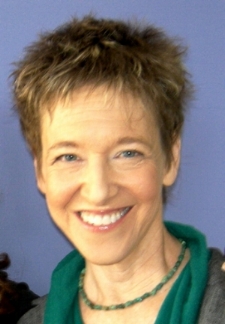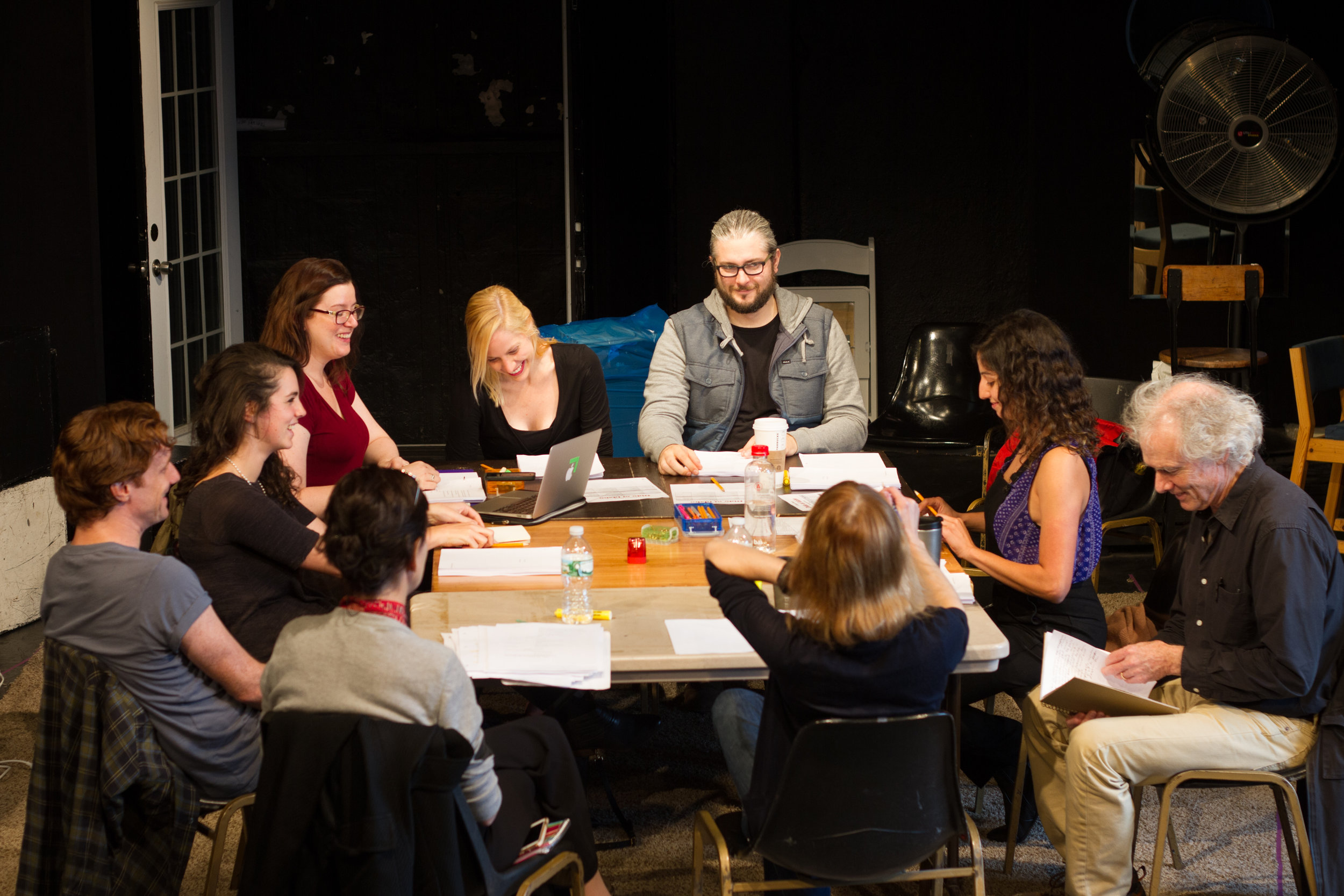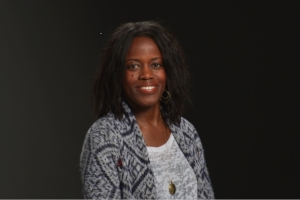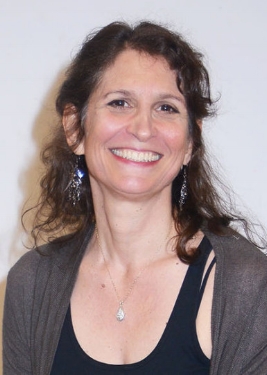On May 26, following the 2:00 pm matinee performance of BUMP, the spirited new comedy by Chiara Atik, audiences are invited to stay for a far-ranging discussion about how the experience and technology of childbirth — from how a child is delivered to how much the mother understands and controls — has changed over the past two hundred and fifty years. Joining playwright Atik will be Rebecca Tannenbaum, Senior Lecturer in History at Yale University, and Debra Pascali-Bonaro, childbirth educator, doula trainer, and Chair of the International MotherBaby Childbirth Organization, for a conversation and Q&A moderated by journalist Robin Marantz Henig.
BUMP is the exuberant exploration of the evolution of women's understanding about and control over the childbirth process through the stories of three separate quests for knowledge: a young expectant mother in colonial New England getting coached through her first pregnancy by a peppery midwife (inspired by the diary of Martha Ballard); a contemporary message board where new pregnant moms swap observations and complaints; and a grandfather/mechanic's invention of a device that could revolutionize how babies in distress could be safely delivered (the last inspired by the story of Argentinian mechanic and inventor Jorge Odon).
The World Premiere of BUMP is this year’s mainstage production of the EST/Sloan Project, EST's partnership with the Alfred P. Sloan Foundation to develop new plays "exploring the worlds of science and technology," an initiative now in its twentieth year.
About the Panelists
Rebecca Tannenbaum is Senior Lecturer in History at Yale University and Yale NUS Fellow in International Affairs. Her research is focused on Colonial America, especially women’s history and the history of medicine, history of women’s health, as well as history of the family. She is currently working on a cultural history of biological motherhood in America, from the Colonial period through the mid-nineteenth century. Nancy Tomes hailed her book, The Healer’s Calling: Women and Medicine in Colonial New England (Cornell University Press, 2002), as “a masterful account of women's healing practices in colonial New England. . . . a major contribution to the history of medicine and to the history of early American culture.”
Debra Pascali-Bonaro has trained thousands of doulas and birth professionals around the world in the practices of gentle birth support. Debra is Chair of the International MotherBaby Childbirth Organization, member of the White Ribbon Alliance, Lamaze International childbirth educator, birth and postpartum doula trainer with DONA International, and co-author of the book Orgasmic Birth, Your Guide to a Safe, Satisfying and Pleasurable Birth Experience. Creator and director of Orgasmic Birth, an award-winning documentary that examines the intimate nature of birth, Debra has been featured on ABC’s 20/20, Good Morning Russia, The NBC Today Show, Discovery Health, in The New York Times, The LA Times, The UK Times as well as numerous Parenting and Health Magazines around the world.
Chiara Atik is a graduate of the Obie Award-winning EST/Youngblood program, and a portion of BUMP had its origins as a short play written for Youngblood's monthly Sunday Brunch series, specifically its annual crossover with the EST/Sloan Project, the Youngblood Science Brunch. Her plays include I Gained Five Pounds, Women (a mashup of Louisa May Alcott’s Little Women and HBO’s Girls) and Five Times in One Night, which was first produced at EST. She is the author of numerous articles for Cosmopolitan Magazine, Glamour Magazine, Refinery29, and New York, as well as the book, Modern Dating: A Field Guide. Her screenplay, Fairy Godmother, was on the 2016 Blacklist. Helen Estabrook (Whiplash) and Cassidy Lange will produce for MGM, which won the rights in a bidding war. Television: NBC’s Superstore.
About the Moderator
Journalist and science writer Robin Marantz Henig is the author of nine science books. A contributing writer for The New York Times Magazine, Robin has also written for Scientific American, The Washington Post, National Geographic, and numerous women’s magazines. Her book on the first test-tube baby, Pandora’s Baby (2004), won the Outstanding Book Award from the American Society of Journalists and Authors. Most recently, Robin collaborated with her daughter Samantha Henig to write Twentysomething: Why Do Young Adults Seem Stuck? (2014).
BUMP began previews at the Ensemble Studio Theatre on May 9 and runs through June 3. You can purchase tickets here.



















































